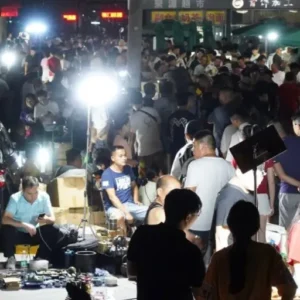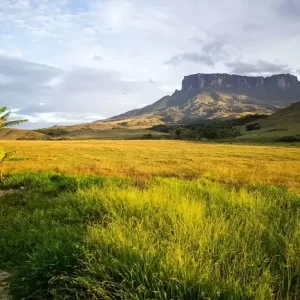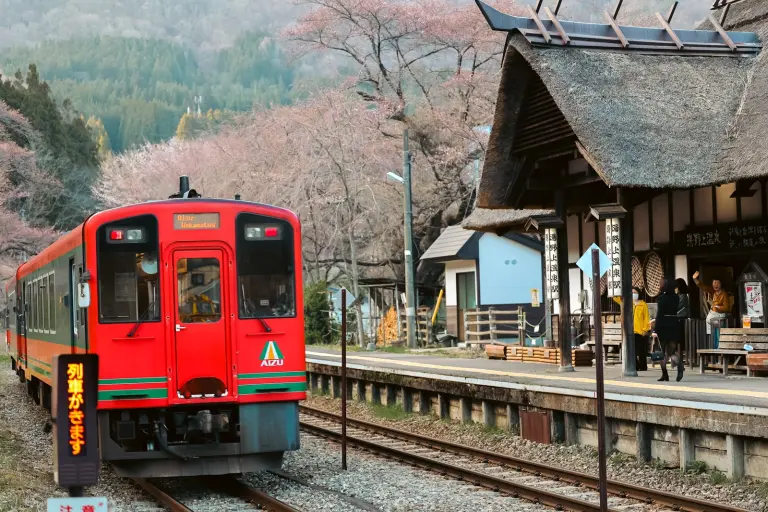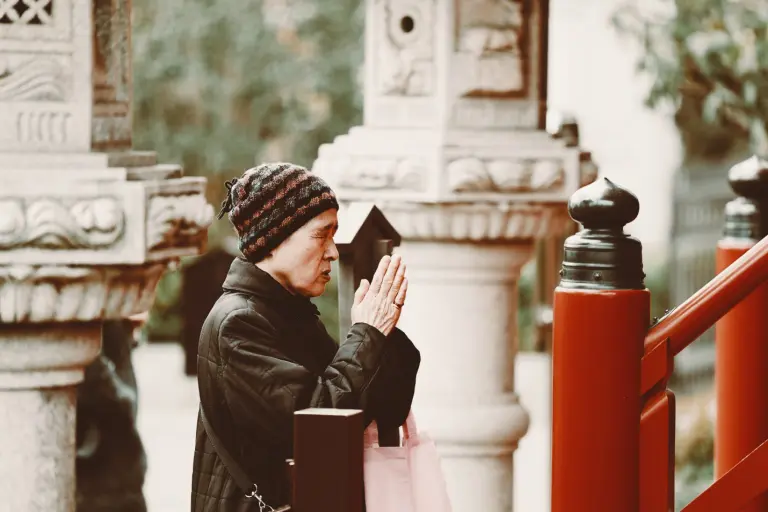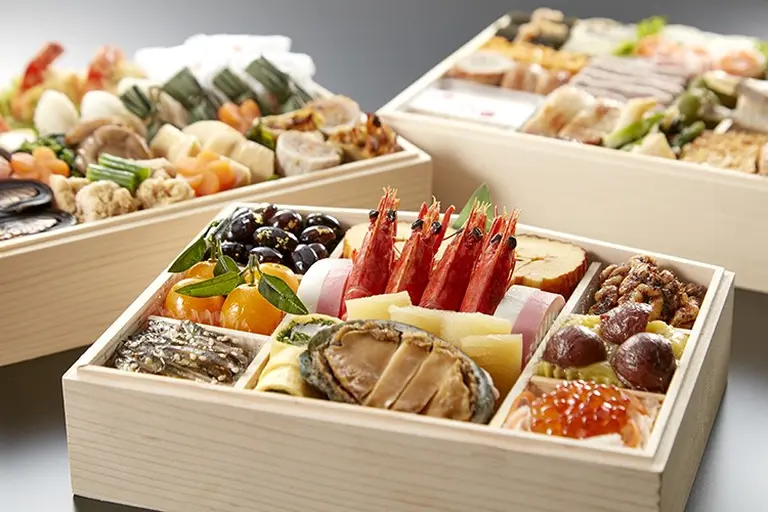If you ever dream of setting foot in the “happiest country in the world” – Bhutan – you will likely want to explore its many fascinating aspects. Beyond its rich culture and stunning travel experiences, one thing that often sparks curiosity among visitors is the language of this unique kingdom.
An Overview of Bhutan’s Language
Dzongkha is the national language of Bhutan. In addition to it, this Buddhist kingdom is home to more than 19 dialects, grouped into four main linguistic families across the East, West, South, and North. However, only Dzongkha is recognized as the mother tongue and official language.

>> Religion in Bhutan – The mystical colors of spirituality
The word Dzongkha literally means “the language (kha) spoken in dzongs” – referring to fortress-like monasteries built in the dzong architectural style. These served as administrative and religious centers across Bhutan until the nation was unified by Ngawang Namgyal, the first Zhabdrung Rinpoche, in the 17th century.
Today, Dzongkha is used in government administration, in schools, and during all official ceremonies. Learning Dzongkha is mandatory in every school across the country. By 2013, there were already more than 170,000 native Dzongkha speakers.
In major cities, however, it is common to hear a blend of Dzongkha and English in daily communication.
Other Languages in Bhutan
Although Dzongkha is the official language used for governance and major events, Bhutan is still a linguistically diverse nation. Each community places strong emphasis on preserving its local dialects, so despite being spoken by smaller populations, these languages have survived through generations.
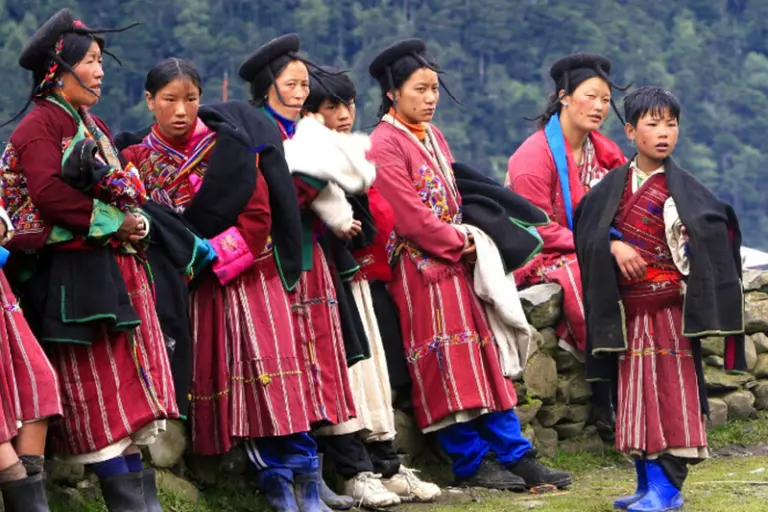
>> Photos reveal the beauty of Bhutan – The happiest country in the World
Below are some of the most widely spoken languages in Bhutan besides Dzongkha:
Lakha
Spoken mainly in central districts such as Trongsa and Wangdue Phodrang, Lakha is used by about 8,000 people, most of whom are descendants of yak-herding pastoral communities.
Chocangaca
Closely related to Dzongkha, Chocangaca is spoken in the eastern districts of Mongar and Lhuntse, with more than 20,000 speakers today.
Kheng
Kheng is spoken by more than 40,000 people, though only within smaller districts like Mongar, Zhemgang, and Trongsa.
Tshangla
Known as the mother tongue of the Sharchop people, Tshangla is widely spoken in Eastern Bhutan. In fact, if you travel eastward, you’ll find very few residents speaking Dzongkha – most use Tshangla instead. The language has around 138,000 speakers.
Nepali
Nepali is mainly spoken in Southern Bhutan by about 265,000 Lhotshampa, an ethnic group of Nepali origin often referred to as the “southerners.” It is the only Indo-Aryan language in Bhutan and has a large speaker base.
English in Bhutan
Even though Dzongkha is compulsory in schools and serves as the official language, tourists can comfortably communicate with locals in English. English is widely taught in schools across Bhutan, thanks to the country’s free education system, and most Bhutanese speak it fluently.
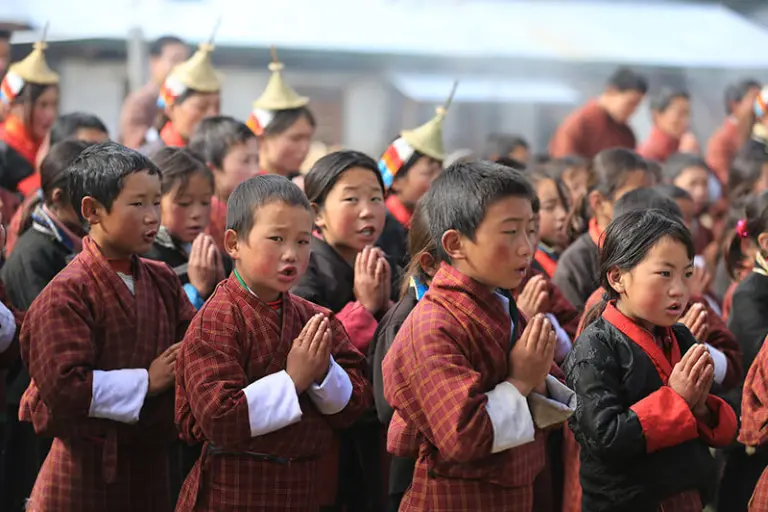
>> Unique cultural traits of the land of the Thunder Dragon, Bhutan
English and Hindi are especially common in urban areas.
Interestingly, Bhutanese people often add the suffix “la” as a mark of politeness and respect. This habit extends even to English, as they find the language too “stiff” without it. So if you hear a Bhutanese respond to you in English and add “la” at the end of a sentence, don’t be confused—it’s simply their way of showing courtesy.


